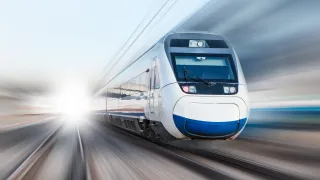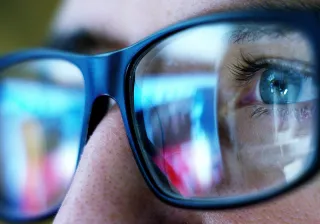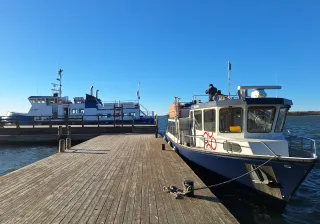Fire safety is particularly important in places with large numbers of people and limited evacuation possibilities, such as ships, planes and trains. When designing modern vehicles, it is often desired to use new types of materials or products.
The challenge and a possible solution
Traditionally, materials and products used in such environments have to pass certain fire tests. In practice, the development of new materials and products is challenging because tests are laborious and expensive and slow down product development. Furthermore, the fact that a product has passed the tests does not directly tell how it behaves in the real fire situation, i.e. when the product is in its final use. Sometimes fire testing can even be impossible, for example due to the large size of the product to be tested.
There is an alternative for testing, called “engineering method”, “performance based design” or “alternative design” depending on the industry. These methods may allow for deviations from the classification requirements if fire safety can be demonstrated otherwise. It should also be noted that classifications based on fire tests do not necessarily guarantee complete fire safety, but are thought to produce a tolerable fire risk, i.e. the risk is considered sufficiently low.
What does it mean?
Pyrolysis modelling makes it possible to perform simulations that predict fire development without the specification of a known full-scale experiment. The pyrolysis model is normally inbuilt within the fire modelling software such as the widely used computational fluid dynamics (CFD) model, Fire Dynamics Simulator (FDS), developed by National Institute of Standards and Technology (NIST) in co-operation with VTT Technical Research Centre of Finland and Aalto University. The pyrolysis model in FDS solves the pyrolysis process for both charring and non-charring materials using a 1D mesh taking into account the heat transfer and chemical kinetics simultaneously.
Pyrolysis modelling makes it possible to perform simulations that predict fire development without the specification of a known full-scale experiment.
The use of pyrolysis modelling in predicting the fire behaviour of materials is increasing and the methods have developed greatly in recent years. A pyrolysis model is generated and calibrated based on small or bench scale experiments, which is far more practical than performing full scale fire testing. The model can then be utilised on a larger scale with real geometries and boundary conditions. Particularly in the early phases of product development, pyrolysis modelling provides a cost-effective alternative and can reduce the time to market. Pyrolysis modelling can also be used to support the Research and Development (R&D) by increasing the understanding of fire behaviour, optimisation of controlled parameters by sensitivity analysis and screening of material and geometry combinations before going towards full-scale product approval testing.
Particularly in the early phases of product development, pyrolysis modelling provides a cost-effective alternative and can reduce the time to market.
There are different types of pyrolysis models. Empirical models determine the rate of reduction of the fuel mass based on small or bench scale experiments and the model can then be extrapolated to larger scales, based on the results being expressed in relation to the surface of the material. Thermal models describe the pyrolysis by heat transfer rates. Mass loss rate is determined based on energy balance at the pyrolysis front. Comprehensive models look at detailed descriptions of physical and chemical processes. Pyrolysis models that are used in CFD fire models are typically semi-empirical models with simplified descriptions of heat transfer and chemical processes.
We are very excited about this and are investing in practical methods that can be utilised to solve our customer’s fire safety problems. If you’re interested, we are happy to tell you more about this fascinating method!
VTT FireProof - Ensuring that fire safety isn't an expensive afterthought
Looking for your ideal fire safety solution? VTT FireProof is a holistic fire safety service that includes the assessment of materials, products and structures in the product development phase as well as support in the testing and classification phases.







